Mono-vendor data centers. Debunking myths
Recently, more and more customers in the construction and modernization of data centers are focused on mono-vendor solutions in the field of engineering infrastructure. Among the advantages of such solutions are predictable characteristics and excellent compatibility of subsystems, high reliability and “one-window” service, the possibility of reducing capital expenditures and reducing operating expenses ... Nevertheless, a number of myths relating to mono-vendor data centers remain on the market. Let's try to debunk the most popular.
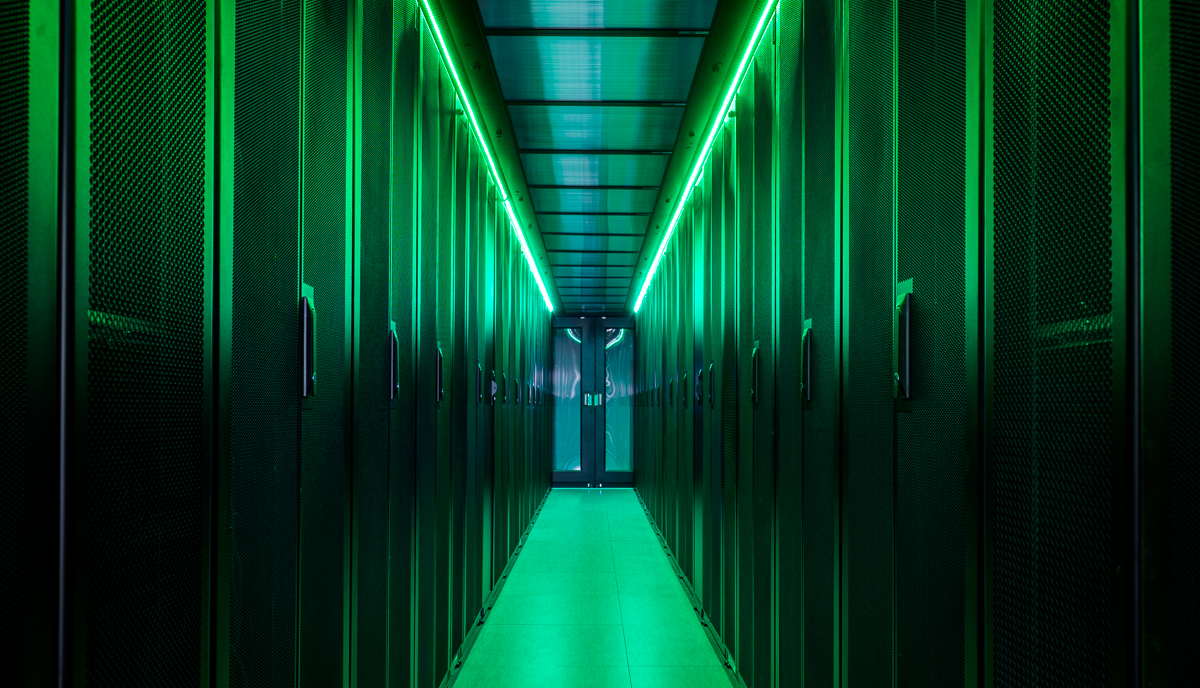
Myth 1. Mono-vendor data centers do not exist in principle, since there is no company on the market capable of offering absolutely all the components for its engineering infrastructure.
For IT equipment installed in the data center, the engineering infrastructure must provide three key resources — technological space for installing IT equipment, electricity for organizing its power supply and cooling for heat removal — as well as an effective system for monitoring and managing these resources. If all these four components are supplied by one manufacturer, then such a data center is called mono-vendor. Well, to imagine that absolutely all components, up to the last bolt, including, for example, the clock system and chairs for data center operators, were produced by one company - this is simply unrealistic, and it is not required in real life
In the first integrated solutions of Schneider Electric for data centers, just the four subsystems mentioned above were integrated: power supply, cooling, placement and monitoring. Currently, the company already offers more than 80% of all engineering systems of the data center , including power distribution systems (from the input to the site to the final outlets), switchboard equipment, SCS, automation, security, and much more. At the same time, the company's specialists clearly know how to integrate subsystems that are not included in the Schneider Electric product portfolio, for example, diesel generator sets (DGU), into a common solution, and are ready to offer customers a complete data center.
')
Today, the main question is not the availability of a large number of “boxes”, but the competence necessary to integrate them into a single solution that best suits the task of the customer. Schneider Electric realizes this integration within the framework of the overall EcoStruxure concept. For this purpose, connectors have been developed that connect individual “cubes” into a single solution. Moreover, the new equipment almost automatically “appears” on the monitoring and control software screens. The control systems provided by EcoStruxure form a digital representation of all elements and subsystems of the data center (a digital data center is being created), which makes it possible to increase the efficiency of their work, respond proactively to changes in characteristics, plan future upgrades.
Connectors for inclusion in the common control environment have been developed for third-party products, for example, DGU. If suddenly there is no such connector for the selected diesel generator model, Schneider Electric experts will write it for free within a few weeks.
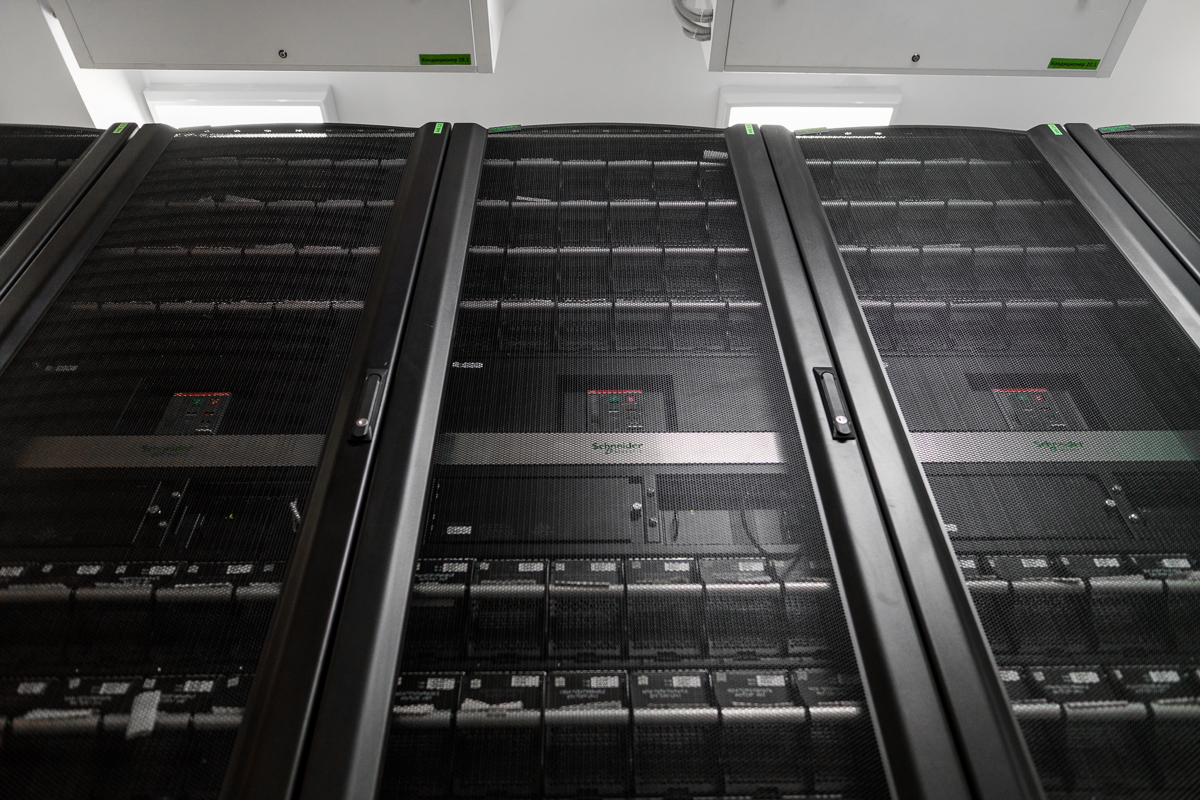
Myth 2. No vendor is able to offer the best options for all major subsystems, so a mono-vendor data center will a priori be worse in performance than multivendor when it is possible to take all the best on the market.
The first part of this statement may be partially true, the general conclusion is not. Of course, any vendor has only a limited set of products, and on the market, if you're lucky, you can find a device with a slightly higher performance. However, customers of data centers are not interested in individual “boxes”, but in a common solution. But its key characteristics that determine the efficiency of using key resources and reliability when using a mono-vendor approach will be guaranteed better - due to the excellent compatibility of subsystems, a single solution architecture, etc.
Pre-assembled solutions of high readiness (the so-called prefabs, from English prefabricated) are now in great demand on the market. They can significantly reduce the time of project implementation and provide high predictability of characteristics that have been tested at the factory. It is almost impossible to achieve such predictability when building a data center out of the “scattering” from different vendors.
It is important to understand that prefabs in some cases can compete with classic complex (including mono-vendor) solutions, in others they can effectively complement them. The expediency of applying a particular technology is purely individual for each project.
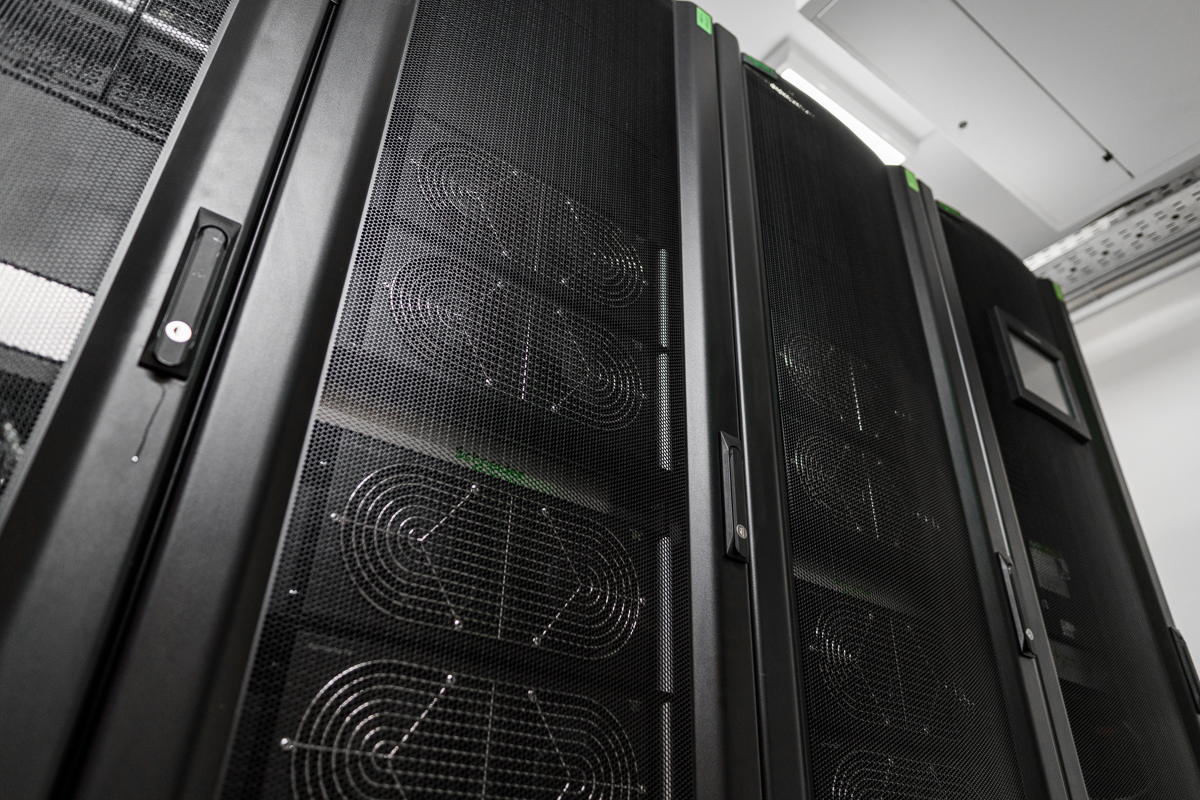
Myth 3. Mono-vendor data center is more expensive because there is no way to optimize the choice for the cost of products, as is the case with the multi-vendor solution.
In most cases, you can always find a separate product on the market that is cheaper than the one offered to you. But then the question arises of integrating disparate products into a single solution. Such integration is not cheap, which immediately eliminates the possible savings on the price of individual products. In addition, cheap products have limited integration capabilities, so it is often simply impossible to build a truly effective complete solution from them.
In case of using the mono-vendor approach, the costs of integration are minimal. As mentioned above, for Schneider Electric devices, connectors have already been developed that ensure their integration into a single solution, as well as an “umbrella connection” for a unified monitoring and control environment.
More and more customers, including those in Russia, are choosing solutions based on the total cost of ownership (TCO) , which, in addition to capital costs, includes maintenance costs and site maintenance over the long term. If one vendor is responsible for servicing all major engineering systems on the principle of "one window", then it is more profitable for the customer. More profitable because just cheaper. At the same time save another important resource: time - for example, the departure of one highly qualified engineer allows you to immediately solve a lot of issues related to different systems.
In Russia, Schneider Electric has an extensive network of service centers, which guarantees a quick response time to customer requests. So in this case, a mono-vendor solution is also a significant reduction in maintenance time.
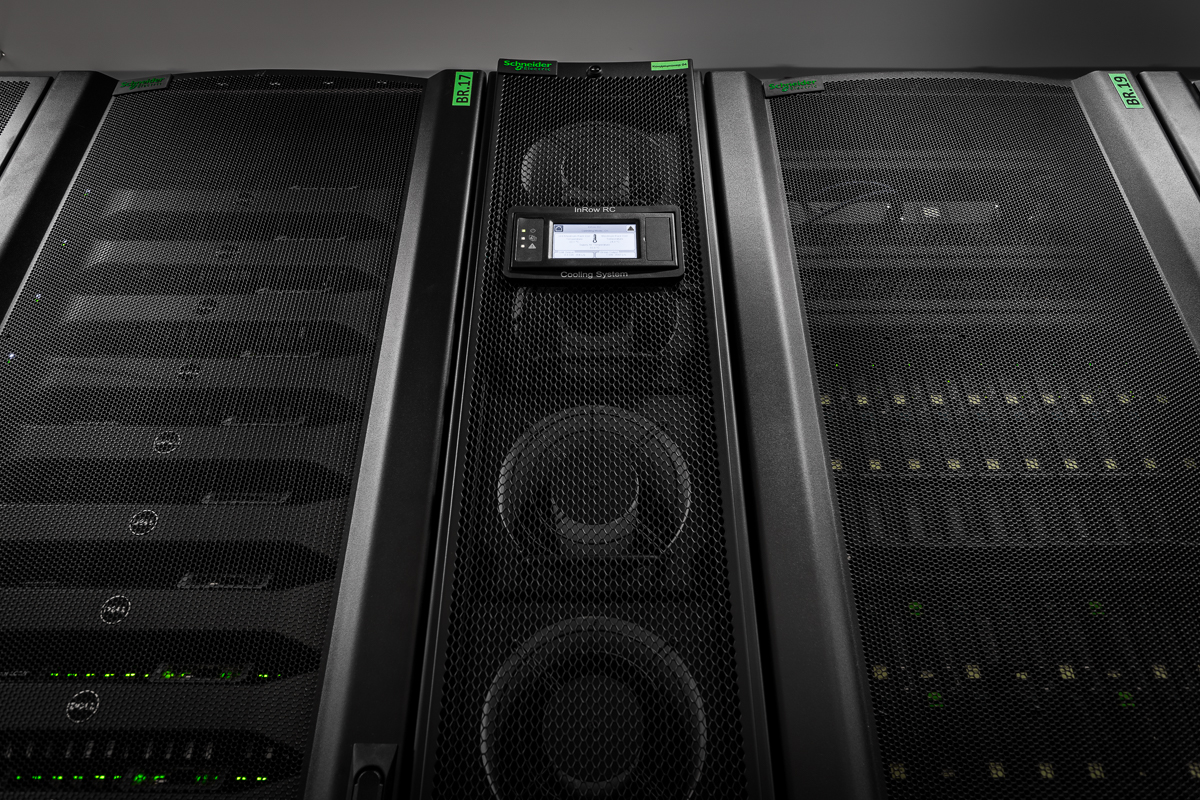
Myth 4. Any mono-vendor solution is tied to the architecture of a specific manufacturer, which may not be optimal for a specific project.
Indeed, a number of companies claiming to be suppliers of mono-vendor data centers have a small set of products and are limited in the choice of architecture. In the case of Schneider Electric, this is not the case. In each of the main systems, whether it is uninterrupted power supply, cooling, system of assembly constructs or data center resource management , the company offers various solutions to problems, the choice of which is based on the requirements for functionality, cost-effectiveness and processability of equipment. For example, depending on power density, architectural features of a facility, or energy efficiency requirements, Schneider Electric can offer various cooling systems: indoor or perimeter air conditioners, chiller systems, DX devices, or economizers. Airflow insulation can be performed at the level of a cabinet, a row or several rows of cabinets. Each option has its own advantages and features of implementation, therefore, when creating an integrated solution, there are ample opportunities to select and offer the most efficient system.
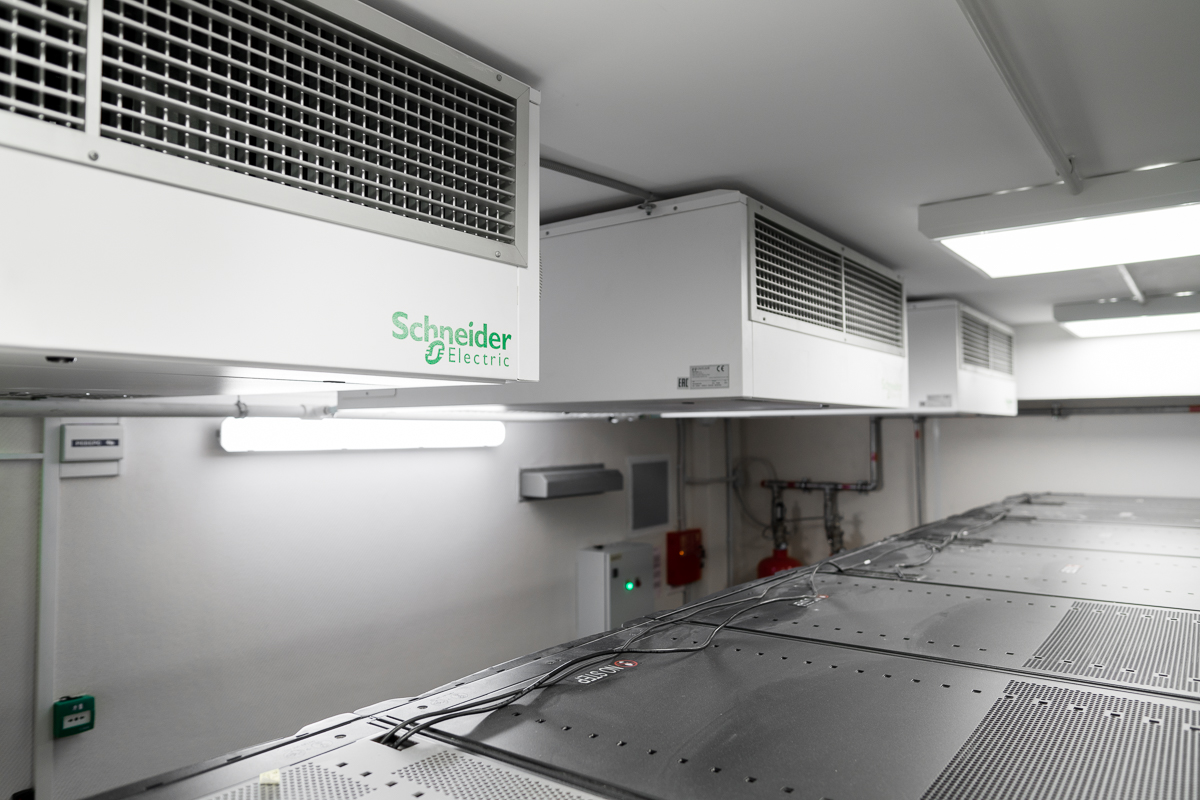
At the same time, within the framework of solutions from one manufacturer, completely diverse approaches to products can be proposed. For example, a number of customers are switching to the use of open architectures, developed primarily in the framework of the OCP project (Open Compute Project). Schneider Electric has already developed a solution for this architecture, which includes constructs, power distribution systems, cooling facilities and other necessary components. For one of the Russian customers who are interested in the concept of OCP, this solution has already been proposed.
Schneider Electric's portfolio of proposals already has a lot of “cubes” from which you can assemble not only current solutions, but also systems of the future . As already mentioned, the seamless integration of these "cubes" in the mono-vendor data center is carried out using the tools incorporated in the EcoStruxure concept. It now allows you to build an automated digital data center of the future, ensuring efficient management of the site and the provision of services. Moreover, it is the mono-vendor approach that will ensure maximum efficiency and optimal compliance with the customer’s tasks.

Myth 1. Mono-vendor data centers do not exist in principle, since there is no company on the market capable of offering absolutely all the components for its engineering infrastructure.
For IT equipment installed in the data center, the engineering infrastructure must provide three key resources — technological space for installing IT equipment, electricity for organizing its power supply and cooling for heat removal — as well as an effective system for monitoring and managing these resources. If all these four components are supplied by one manufacturer, then such a data center is called mono-vendor. Well, to imagine that absolutely all components, up to the last bolt, including, for example, the clock system and chairs for data center operators, were produced by one company - this is simply unrealistic, and it is not required in real life
In the first integrated solutions of Schneider Electric for data centers, just the four subsystems mentioned above were integrated: power supply, cooling, placement and monitoring. Currently, the company already offers more than 80% of all engineering systems of the data center , including power distribution systems (from the input to the site to the final outlets), switchboard equipment, SCS, automation, security, and much more. At the same time, the company's specialists clearly know how to integrate subsystems that are not included in the Schneider Electric product portfolio, for example, diesel generator sets (DGU), into a common solution, and are ready to offer customers a complete data center.
')
Today, the main question is not the availability of a large number of “boxes”, but the competence necessary to integrate them into a single solution that best suits the task of the customer. Schneider Electric realizes this integration within the framework of the overall EcoStruxure concept. For this purpose, connectors have been developed that connect individual “cubes” into a single solution. Moreover, the new equipment almost automatically “appears” on the monitoring and control software screens. The control systems provided by EcoStruxure form a digital representation of all elements and subsystems of the data center (a digital data center is being created), which makes it possible to increase the efficiency of their work, respond proactively to changes in characteristics, plan future upgrades.
Connectors for inclusion in the common control environment have been developed for third-party products, for example, DGU. If suddenly there is no such connector for the selected diesel generator model, Schneider Electric experts will write it for free within a few weeks.

Myth 2. No vendor is able to offer the best options for all major subsystems, so a mono-vendor data center will a priori be worse in performance than multivendor when it is possible to take all the best on the market.
The first part of this statement may be partially true, the general conclusion is not. Of course, any vendor has only a limited set of products, and on the market, if you're lucky, you can find a device with a slightly higher performance. However, customers of data centers are not interested in individual “boxes”, but in a common solution. But its key characteristics that determine the efficiency of using key resources and reliability when using a mono-vendor approach will be guaranteed better - due to the excellent compatibility of subsystems, a single solution architecture, etc.
Pre-assembled solutions of high readiness (the so-called prefabs, from English prefabricated) are now in great demand on the market. They can significantly reduce the time of project implementation and provide high predictability of characteristics that have been tested at the factory. It is almost impossible to achieve such predictability when building a data center out of the “scattering” from different vendors.
It is important to understand that prefabs in some cases can compete with classic complex (including mono-vendor) solutions, in others they can effectively complement them. The expediency of applying a particular technology is purely individual for each project.

Myth 3. Mono-vendor data center is more expensive because there is no way to optimize the choice for the cost of products, as is the case with the multi-vendor solution.
In most cases, you can always find a separate product on the market that is cheaper than the one offered to you. But then the question arises of integrating disparate products into a single solution. Such integration is not cheap, which immediately eliminates the possible savings on the price of individual products. In addition, cheap products have limited integration capabilities, so it is often simply impossible to build a truly effective complete solution from them.
In case of using the mono-vendor approach, the costs of integration are minimal. As mentioned above, for Schneider Electric devices, connectors have already been developed that ensure their integration into a single solution, as well as an “umbrella connection” for a unified monitoring and control environment.
More and more customers, including those in Russia, are choosing solutions based on the total cost of ownership (TCO) , which, in addition to capital costs, includes maintenance costs and site maintenance over the long term. If one vendor is responsible for servicing all major engineering systems on the principle of "one window", then it is more profitable for the customer. More profitable because just cheaper. At the same time save another important resource: time - for example, the departure of one highly qualified engineer allows you to immediately solve a lot of issues related to different systems.
In Russia, Schneider Electric has an extensive network of service centers, which guarantees a quick response time to customer requests. So in this case, a mono-vendor solution is also a significant reduction in maintenance time.

Myth 4. Any mono-vendor solution is tied to the architecture of a specific manufacturer, which may not be optimal for a specific project.
Indeed, a number of companies claiming to be suppliers of mono-vendor data centers have a small set of products and are limited in the choice of architecture. In the case of Schneider Electric, this is not the case. In each of the main systems, whether it is uninterrupted power supply, cooling, system of assembly constructs or data center resource management , the company offers various solutions to problems, the choice of which is based on the requirements for functionality, cost-effectiveness and processability of equipment. For example, depending on power density, architectural features of a facility, or energy efficiency requirements, Schneider Electric can offer various cooling systems: indoor or perimeter air conditioners, chiller systems, DX devices, or economizers. Airflow insulation can be performed at the level of a cabinet, a row or several rows of cabinets. Each option has its own advantages and features of implementation, therefore, when creating an integrated solution, there are ample opportunities to select and offer the most efficient system.

At the same time, within the framework of solutions from one manufacturer, completely diverse approaches to products can be proposed. For example, a number of customers are switching to the use of open architectures, developed primarily in the framework of the OCP project (Open Compute Project). Schneider Electric has already developed a solution for this architecture, which includes constructs, power distribution systems, cooling facilities and other necessary components. For one of the Russian customers who are interested in the concept of OCP, this solution has already been proposed.
Schneider Electric's portfolio of proposals already has a lot of “cubes” from which you can assemble not only current solutions, but also systems of the future . As already mentioned, the seamless integration of these "cubes" in the mono-vendor data center is carried out using the tools incorporated in the EcoStruxure concept. It now allows you to build an automated digital data center of the future, ensuring efficient management of the site and the provision of services. Moreover, it is the mono-vendor approach that will ensure maximum efficiency and optimal compliance with the customer’s tasks.
Source: https://habr.com/ru/post/348490/
All Articles